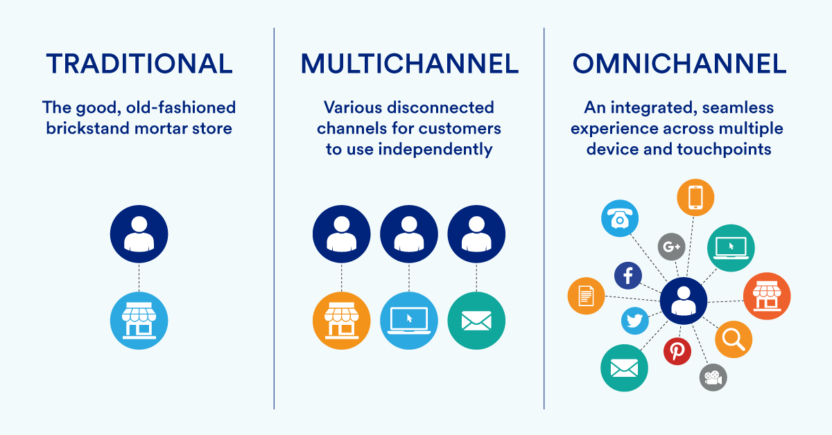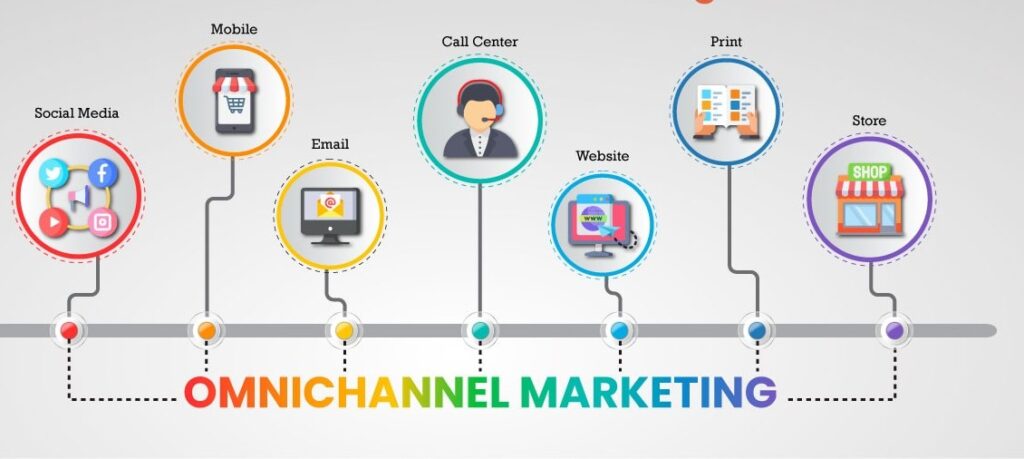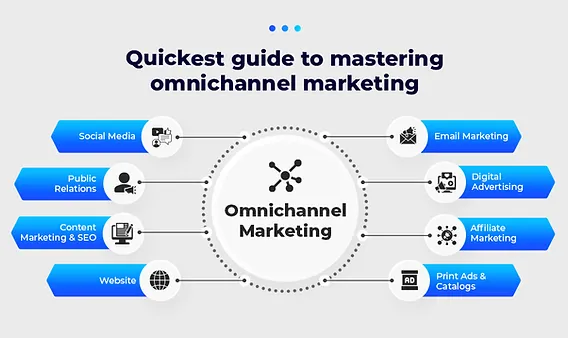Multichannel Magic: Transforming Lead Generation
Table of Contents
- Introduction
- Multichannel Marketing Overview
- Omnichannel Marketing Overview
- Practical Steps for Your SaaS
- Real-Life Examples
- Key Takeaways
- FAQ
- Conclusion
1. Introduction
Are you trying to reach more users for your SaaS product but unsure how to plan your marketing channels? This guide will help you understand two approaches: multichannel and omnichannel. Both can boost your reach, but they work in different ways.
2. Multichannel Marketing Overview
Multichannel marketing means promoting your SaaS using several platforms, such as email, social media, or paid ads. Each channel often has its own style and goals.
- Channels work independently: Ads might run on LinkedIn, while emails go out weekly.
- Separate tactics: Each channel has its tracking and content.
- Stats: A study by Harvard Business Review found that companies using multiple channels saw higher brand awareness than those relying on one platform.
How It Helps Your SaaS
- Broad Exposure: You appear in many places, increasing users’ chances of spotting you.
- Varied Messaging: You can craft unique messages for each audience group.
- Easy Testing: You can run separate ads or emails to see which pulls in more sign-ups.

3. Omnichannel Marketing Overview
Omnichannel focuses on a smooth user experience across every channel. Your brand voice, visuals, and messages stay consistent. User data flows between tools so each channel “knows” what happened on another channel.
- Connected approach: If someone opens your trial sign-up email, your app might greet them with a custom welcome message.
- Single view of the user: Data from email, social media, and in-app activity sync in one place.
- Stat to Note: A Gartner report projects that 80% of B2B sales interactions will happen on digital channels by 2025, which stresses the need for a seamless journey.
Why It Works for SaaS
- Unified Experience: Users can start a chat on your website and receive follow-up emails that pick up where they left off.
- Better Personalization: Tailored messages based on a user’s trial progress or past questions.
- More muscular Retention: Users feel you remember their needs, leading to higher renewal rates.
4. Practical Steps for Your SaaS
Multichannel Tactics
- Pick Your Platforms: Email, social ads, and blogs.
- Create Channel-Specific Goals: Aim for a 5% email click-through rate or a set number of new leads from LinkedIn.
- Track Separately: Use unique links or tracking codes to measure each channel’s performance.
Omnichannel Tactics

- Link Your Data: Connect your CRM with your email tool and in-app analytics.
- Use One Brand Voice: Keep colors, tone, and style the same everywhere.
- Automate User Journeys: If users sign up for your free trial, trigger follow-up messages that guide them through features based on their progress.
5. Real-Life Examples
- Free Trial Onboarding
- Multichannel: You run a paid ad on a search engine, send a welcome email to new sign-ups, and post short tips on your blog. Each channel has its message.
- Omnichannel: You show consistent branding across ads and emails, and your app greets new users with a personalized setup prompt. Data syncs so you know who clicked which ad and how they used the trial features.
- Promoting a New Feature
- Multichannel: You release a blog post, post on LinkedIn, and send a short email. Each piece might look different.
- Omnichannel: A unified campaign flows from your social post to a landing page with the same visuals. Current users see an in-app alert and your email references that alert for those who clicked it.
6. Key Takeaways
- Multichannel = many channels working in parallel.
- Omnichannel = one connected system that shares user data.
- For SaaS, aim for an approach that suits your growth stage. Omnichannel is best for consistency and better user journeys, while multichannel can work first if you need fast testing.
7. FAQ
Q1: Should I start with multichannel or go straight to omnichannel?
A1: If your resources are limited, start with multichannel to see which channels bring leads. Once you see results, link your data for a more unified experience.
Q2: Which tools do I need to connect my channels?
A2: Many CRM systems and marketing platforms let you sync website, email, and user data. Look for a system that merges data from different sources in real-time.
Q3: How can I measure success?
A3: Track sign-ups, active users, and how often people renew. Watch your conversion rate from free trial to paid. Look for improved user satisfaction.
8. Conclusion
Multichannel marketing helps you test and spread your message across different platforms. Omnichannel marketing creates a smooth path for your users and captures their attention at each step. Both have their place in a SaaS growth plan. Aim to provide consistent value and track each channel’s results. Over time, you can turn your setup into a fully connected system, leading to loyal users who stay with your product for the long run.
📌 Related Reads:
- How to Convert Free Trials to Paid Users
- SEO Trends in 2025
- From Clicks to Conversions: 10 Strategies to Transform Your Content
- B2B Content Marketing Playbook for 2025
🚀 Want to level up your SaaS marketing? Join me on LinkedIn for more insights!

Leave a Reply